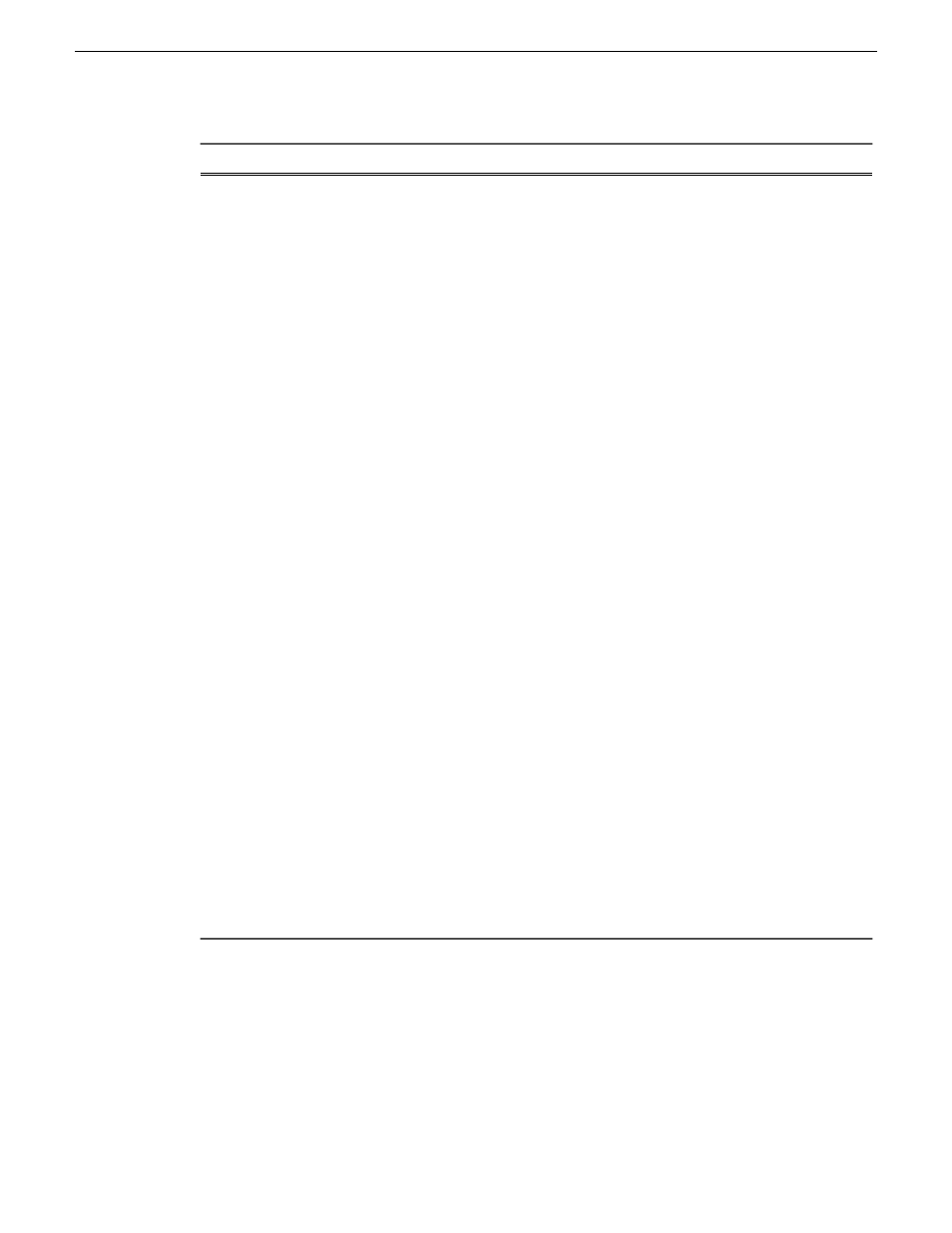Guide to using player: cue view – Grass Valley K2 AppCenter v.9.0 User Manual
Page 78

Description and User Operation
Control
Load – Select to open the Load Clip dialog box, which displays
the contents of the current bin. Select a clip, then choose OK to
load.
New Clip – Used to create and name a clip prior to starting the
recording. If a clip is already loaded, selecting New Clip ejects
the current clip and creates a new one.
Subclip – Opens the Subclip mode, which allows you to create
subclips from the currently loaded clip. A subclip is an entirely
new clip that references media in another clip.
Goto – Used to jump to a specific timecode. Select Goto, to
open the Goto dialog box, then enter an absolute or relative
timecode value, or use the scrub bar to go to the desired position.
Schedule Start Time – Opens the Trigger At entry box so a
start time can be entered.
Stripe Timecode – Opens the Stripe Timecode dialog box,
which allows you to replace the existing timecode track for the
loaded clip. You can replace with time of day, or a specific start
timecode.
Locate – Finds the location of the selected clip.
Properties – Opens the Properties dialog box for the currently
loaded clip.
Auto Subclips – The auto subclip check box changes the way
that the subclip mode behaves. When it is NOT checked, clips
have to be accepted manually. When it is checked, a subclip is
created as soon as the user sets a mark out.
E-to-E (LoopThru) mode – When selected, the following
occurs: “EE” is displayed on the channel pane, next to the
Timecode Source indicator; when no clip is loaded, the signal
that is currently present at the channel input plays out; when a
record operation stops the clip remains in the Recorder. The
signal that is currently present at the channel input plays out.
Widescreen – Sets the channel for recording widescreen format.
Options – Opens the Options dialog for the currently loaded
clip.
Player Menu - Control view
Guide to using Player: Cue view
The Player application Cue view is used to add cue points to the clip. The Cue view allows you to
set, modify, and jump to cue points on the loaded clip. Clicking the
Cue
tab displays the Cue view.
The following describes the basic controls in the Cue view.
78
K2 AppCenter User Manual
29 October 2012
Playing and editing clips